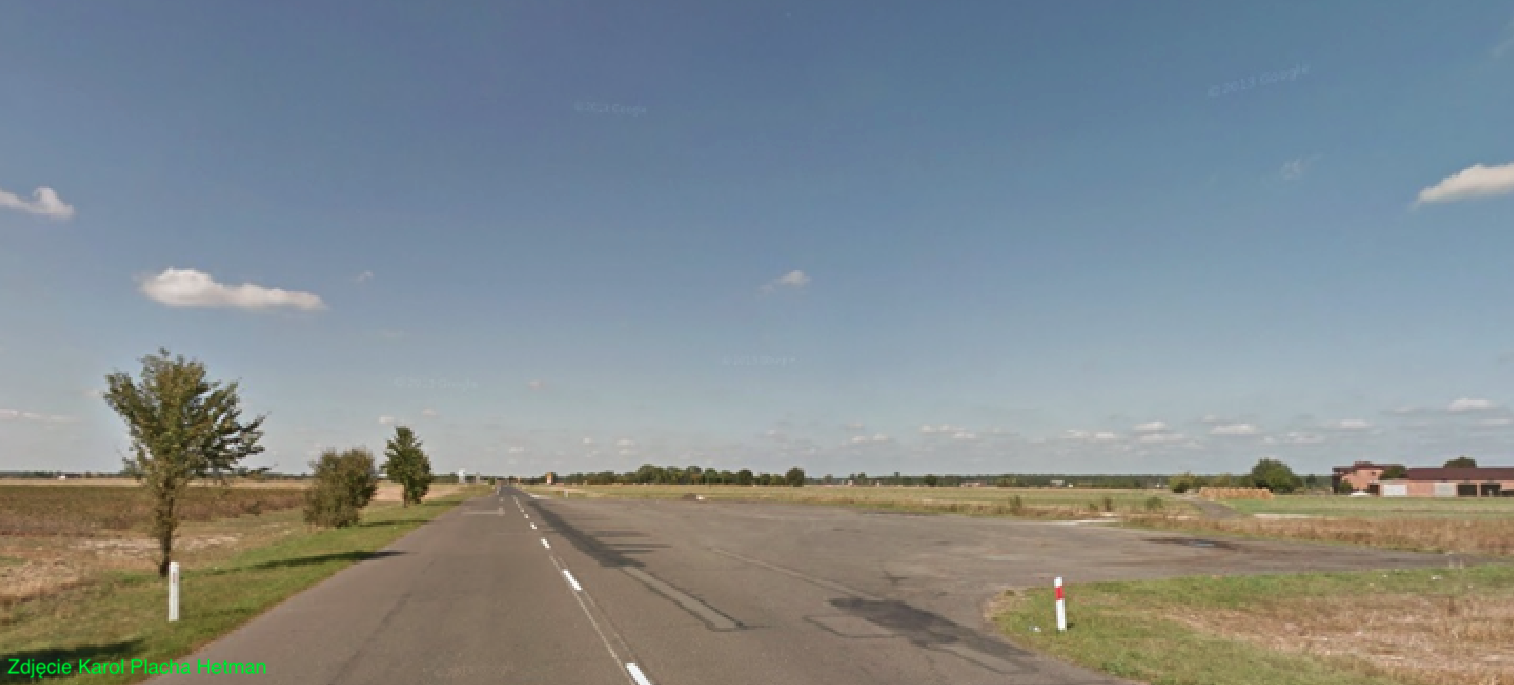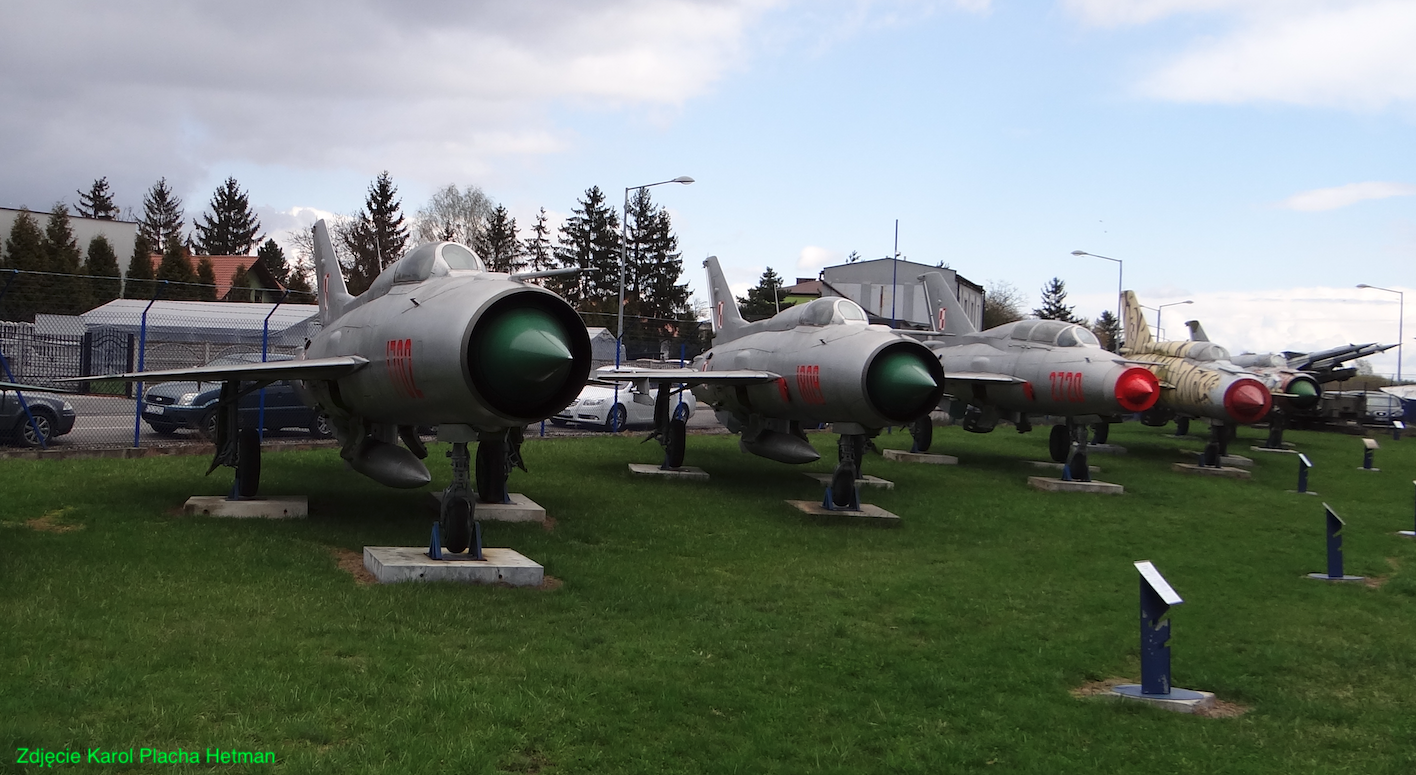Warszawa 2017-08-01
Road Airport Sections (DOL). 2017.
The first road airport sections in the world were built at the end of World War II. In their desperation, the Germans began to use sections of highways as temporary airports. This is how the Reichsautobahn system was developed, but it did not help to end the war victoriously or even preserve the borders of March 1938 (annexation of Austria). Initially, the DOLs were forgotten. However, Moscow’s aggressive attitude led to the outbreak of the Cold War. In the 50s, the DOL system was developed on both sides of the Iron Curtain. In Europe, these were the following countries: East Germany, Poland, Czechoslovakia, West Germany, and Switzerland.
Scandinavian countries also used the DOL system, but there it was due to the specific climate and partly political neutrality: Sweden, Finland. Outside Europe, DOL was used by: North Korea (DPRK), Taiwan, and Pakistan. Iran and Iraq used DOL on a massive scale (1990s).
In Poland, subsequent types of combat aircraft required longer and longer runways, with greater requirements as to the load-bearing capacity of the surface. It was becoming increasingly difficult to use them at airports with dirt take-off fields. On the other hand, increasingly developed air bases were an excellent target for the enemy. A successful attack on these bases would disable the planes based there.
Photo description: Road Section Chociw Airport – Wiechnowice, on provincial road No. 726, Łódź Voivodeship, Tomaszów County. DOL was used by planes from Nowe Miasto airport nad Pilicą. On the right side of PPS.
Therefore, at the end of the 50s, the concept of using public roads as runways was born. The concept was approved by the Ministry of National Defense. About 30 locations were selected that could be transformed into DOL. Since the army decided everything, no opinion was sought from local national councils. This is important because during flights from DOL, a given section of a national or provincial road was completely closed to public traffic, which led to communication difficulties. As in the case of new airports, in the case of DOL, all facilities were located in the north-west of the country. Provincial and national roads were selected. County roads were not taken into account because they are narrow, winding and usually had worse surfaces. Road crossings, railway crossings, bridges, overhead power and telephone lines were avoided. Forested areas were chosen, but typically agricultural areas were not disregarded either. Some locations were on old Germanic communication routes, east-west, which were not so important in Polish reality. When locating the DOL, less attention was paid to the east-west wind direction typical in Poland. This was due to the road being protected from the winds by the nearby forest areas.
DOL is not a technically complicated structure and is difficult to locate from air or satellite reconnaissance. The length of the DOL ranges from 2,000 m to 2,300 m. The width ranges from 15 m to 30 m, although 20 m were typical. Aircraft parking and service areas are located at both ends of such a section. The dimensions of these planes vary greatly, but are usually 100 m long and 50 m wide.
The Lim-2 and Lim-5 aircraft and all derivatives were the first fighter aircraft to use DOL. But the real revolution occurred when MiG-21 aircraft began to use DOL. According to available information, the first pilot to perform takeoff and landing using DOL was Captain Zbigniew Biedrzycki from the 4th PLM in Goleniów. It was 1965 or 1966. The best and most experienced pilots have always been selected for operations with DOL. By the end of the 1960s, all Regiments had at least some pilots certified to operate on the DOL. The flights were performed on various types of MiG-21 aircraft. According to information available at the Air Force Museum in Dęblin, Su-7 planes also used DOL. The next machines whose pilots also obtained permissions to operate from this type of landing sites were the pilots of the Su-20 and Su-22, as well as the MiG-23 and MiG-21 bis. In the 1990s, even before Poland joined NATO, flights were carried out on DOL in Poland by pilots from the UK (Jaguar and Tornado planes), Sweden (JA.37 Viggen), Germany (Tornado), Italy (AMX International) and others.
In Poland, after the political changes in 1989, the Polish Army wanted to keep DOL and the ability to use them. However, the choice of a new multi-role combat aircraft turned out to be a problem. The Lockheed F-16 Jastrząb aircraft did not have the ability to use DOL. However, the JAS.39 Grippen had such a capability, which was one of the important arguments for accepting the Swedish offer.
To date (2017), MiG-29 and Su-22 aircraft have retained the ability to use DOL and train at DOL Kliniska. However, the last recorded exercise there took place in 2006.
According to information from the Polish Air Force command, several more potential DOLs were selected after joining NATO, but they are protected as classified information. One can only guess that they were selected in the eastern part of the Polish-Lithuanian Commonwealth. The problem is that they would have to be able to accept Lockheed F-16 Jastrząb aircraft, and this requires greater financial outlays. There is no doubt that out of over 25 airport road sections, only a few are currently suitable for use. About five. The Ministry of National Defense admits that many DOLs have lost their character. However, we must remember that the Ministry of National Defense has never officially given up on such landing sites. In this respect, in the last 25 years, a lot of bad things have been done by the Masonic-liberal-post-communist governments, which openly sought to weaken the Polish Army.
Another major problem of Polish road sections is the too small width of the available DOLs. According to unofficial information, they should be 30 m wide or more. All pilots who landed on a 20-meter-wide DOL claimed that “It’s a shoelace landing. You are getting closer, and the road was still narrow. It was a lot of stress. There was no margin for error, because falling sideways off the road is a disaster. But it is a skill to master.” RWY at the airport is 40-60 meters wide.
Currently (2017), many countries around the world and in Europe retain the ability to use public roads to service aircraft, usually heavy military transport. They are called "Highway Strip". The roads are constructed in such a way that the middle lane, which usually divides the two roadways, is also concrete (asphalt-concrete) and the barriers installed there can be dismantled relatively quickly. Preparing this type of landing site takes approximately 24-48 hours. The length of such a section is 2,500 – 3,500 meters. At both ends there are parking areas, which are usually parking lots (MOP – passenger service area). This type of DOL is to be used not only in times of war, but also in situations of natural disasters and other cataclysms. Australia, for example, has this type of philosophy.
After the Turkish invasion of Cyprus in 1974, three DOLs were built on highways in the Greek part of Cyprus. They are easily recognizable by their specific center line and the markings of the so-called crosshairs, i.e. the touch zone. One is located on the Limassol-Nicosia highway (5,200 m, 17,100 ft), the second is on the Limassol-Larnaca highway (5,000 m, 16,000 ft), the third is a much smaller strip located on the Limassol-Paphos highway near the international airport of Paphos.
Finland was the country that, due to its specificity, used planes to take off from public roads and frozen lakes during the winter war against the Moscow plague in 1939-1940. At the beginning of the new century, Finland’s defense doctrine re-emerged in the need for all air force aircraft to be able to use roads. In 2015 and 2016, Finland conducted air force exercises with the participation of Sweden, during which all aircraft operated from public roads. Sweden has been using similar solutions continuously since 1940. The first road airport sections in Sweden were built around 1949. They were 1,500 meters long. The six-day war in the Middle East gave Sweden the impetus to develop a network of such airstrips. The AJ.37 Viggen multi-role aircraft was designed specifically for the use of vägbas, literally meaning "road bases". Subsequent fighters were designed similarly. Sweden has limited the use of DOL over the last fifteen years, but has been conducting joint exercises with Finland since 2015) using road sections.
In the former CCCP there were many aerodrome paths. At the moment (2017), it is difficult to prove whether the Moscow State Air Force uses DOL.
Written by Karol Placha Hetman


